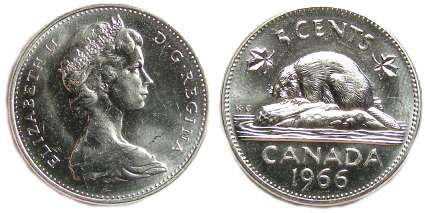wheatonFJR
...
Well, in the case of this thread...the person trying to pick it out of the master cylinder with a magnet cares...so thanks.A ferrous alloy is one that contains iron. Not necessarily magnetic (i.e. most 300 series stainless steel are not magnetic but contain over 70% iron (+ Cr, Ni, Mn etc)). On the other hand, a ferromagnetic material (like pure nickel) does not have to contain iron but is attracted by a magnet.So falls under the "ferrous" umbrella I mentioned? Gotcha.
Semantics? Correct definition? Does it really matter? Does anyone really care?






























































